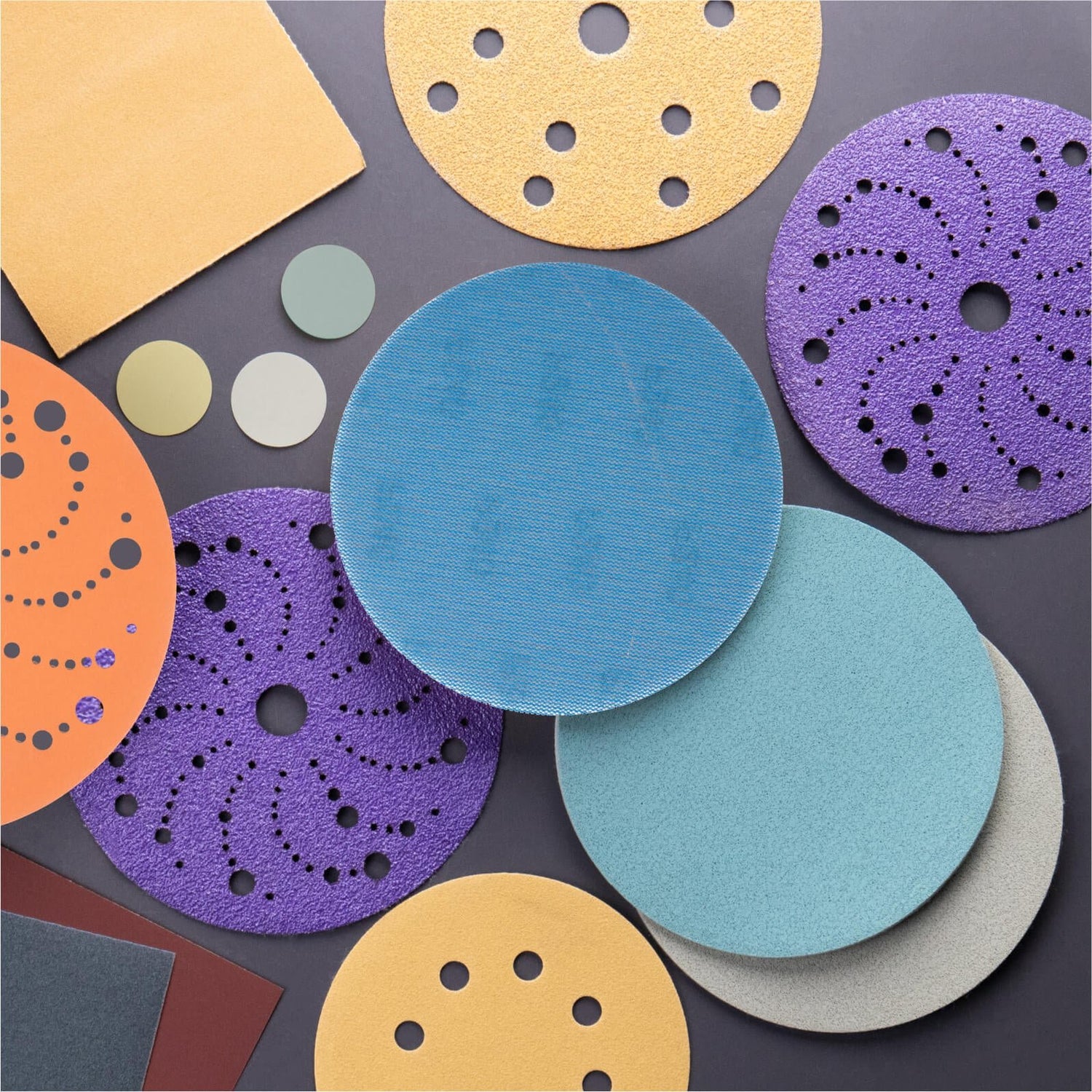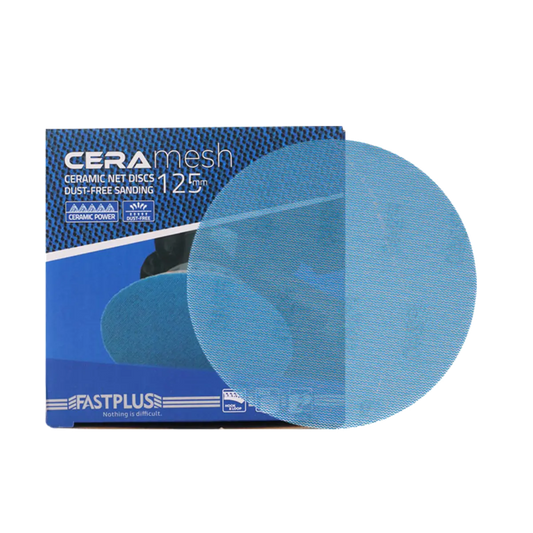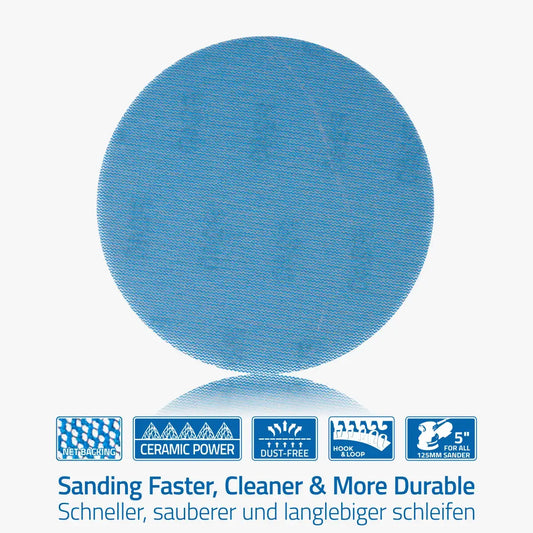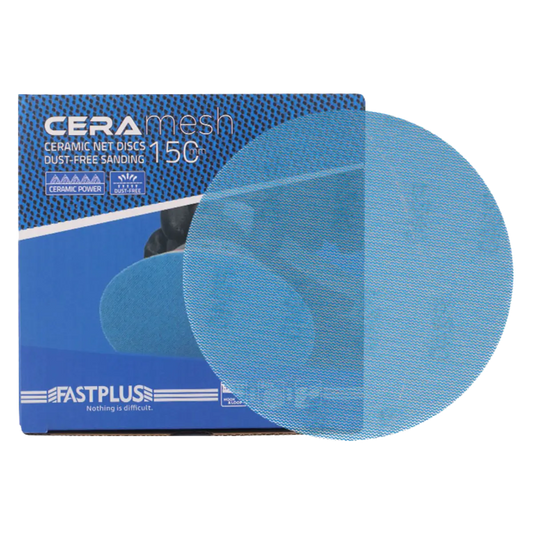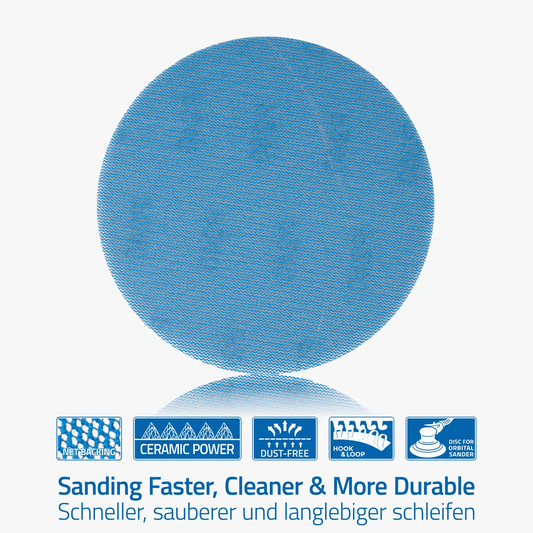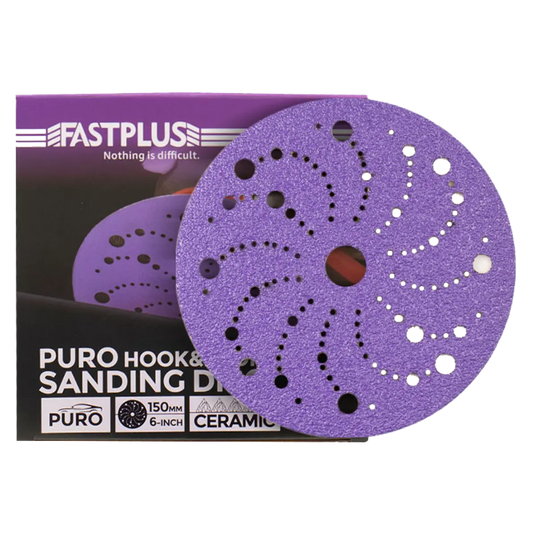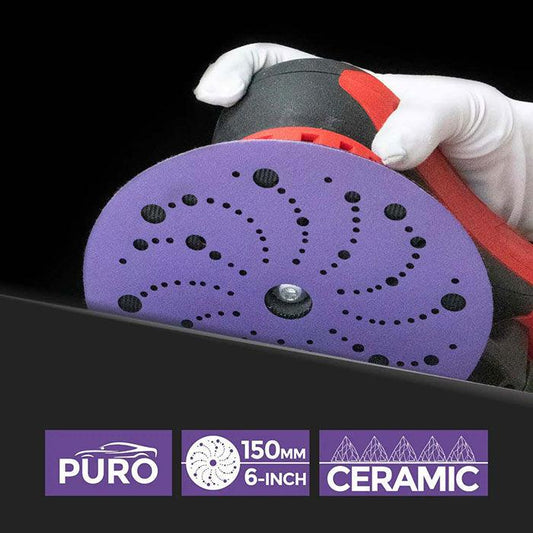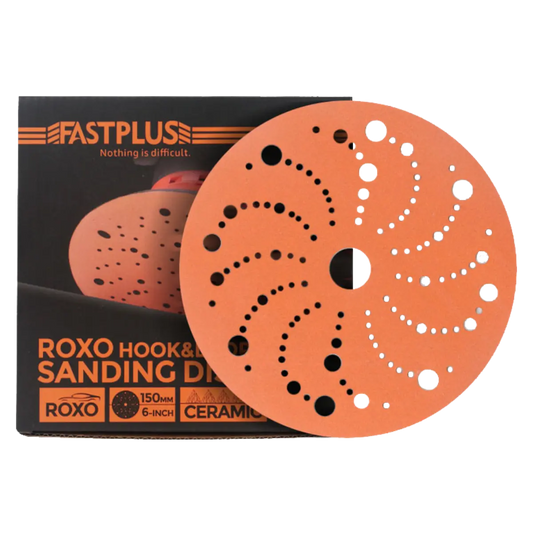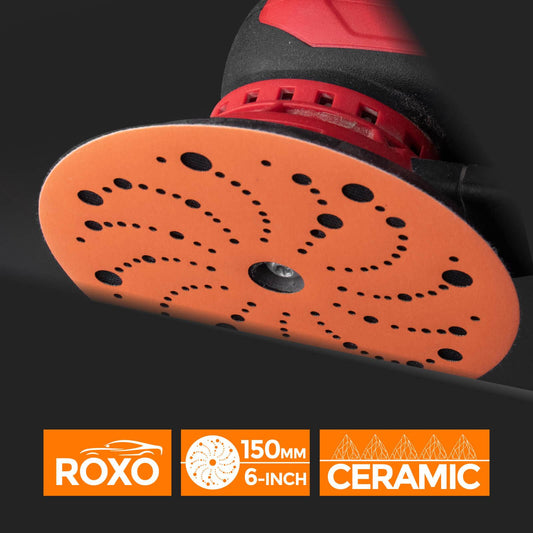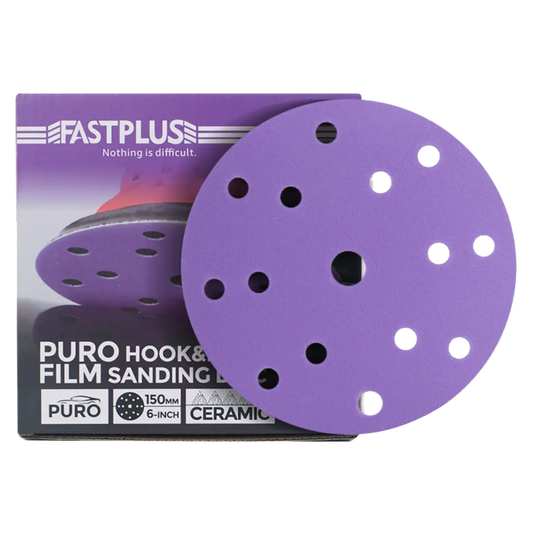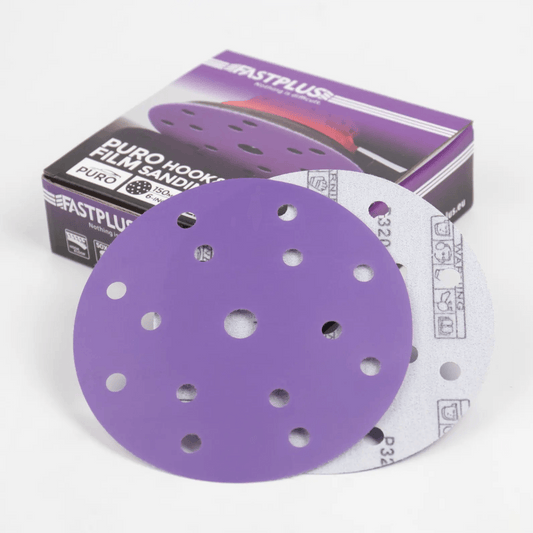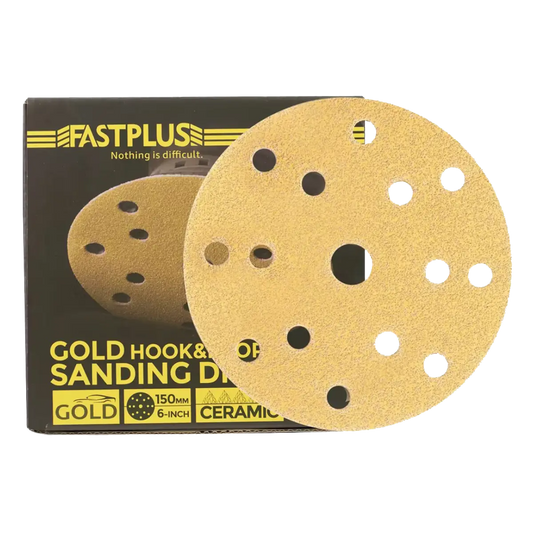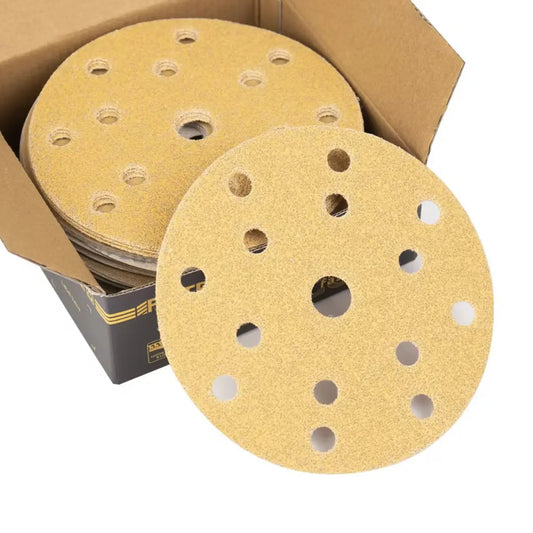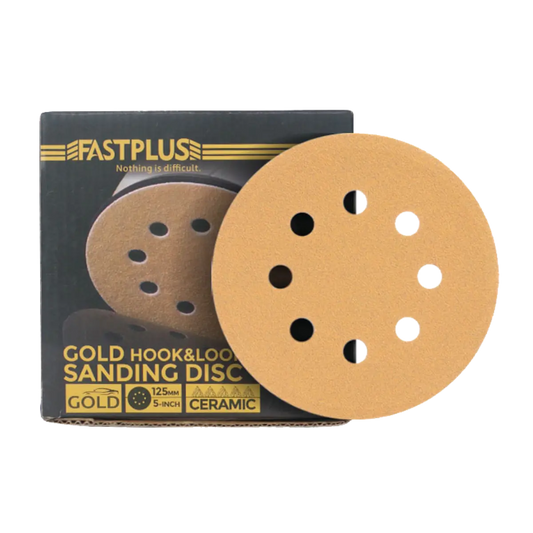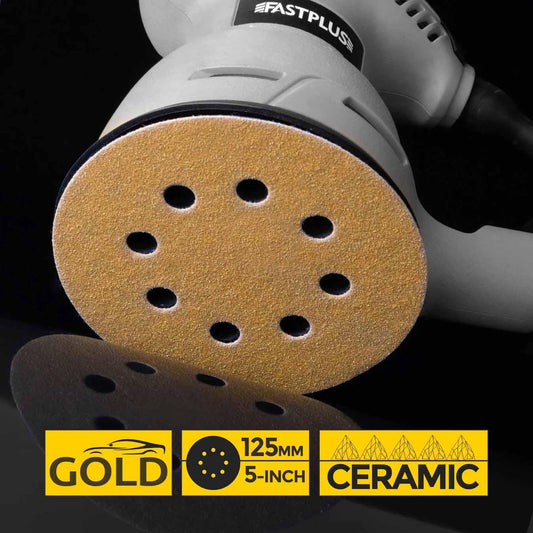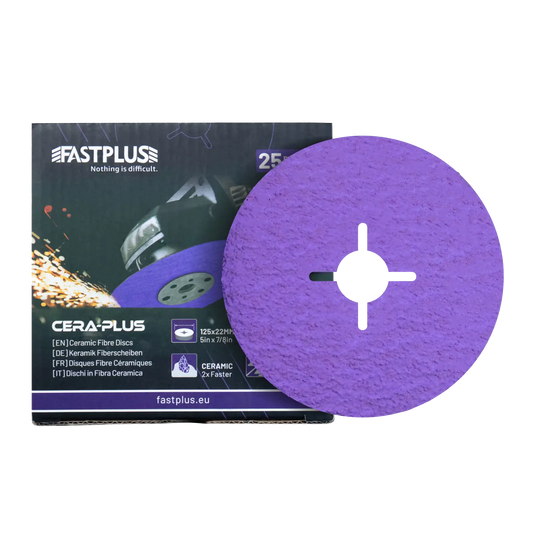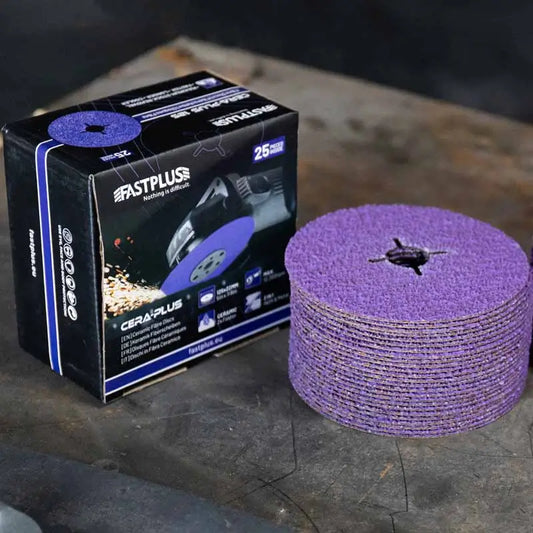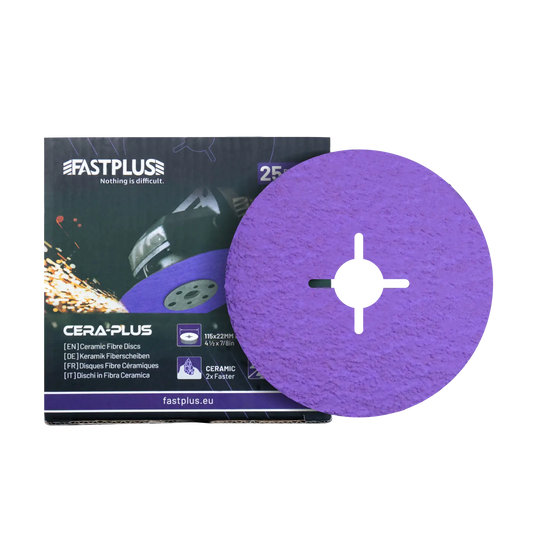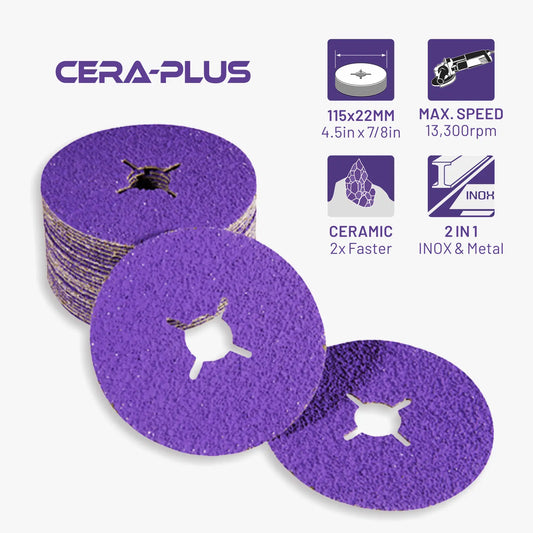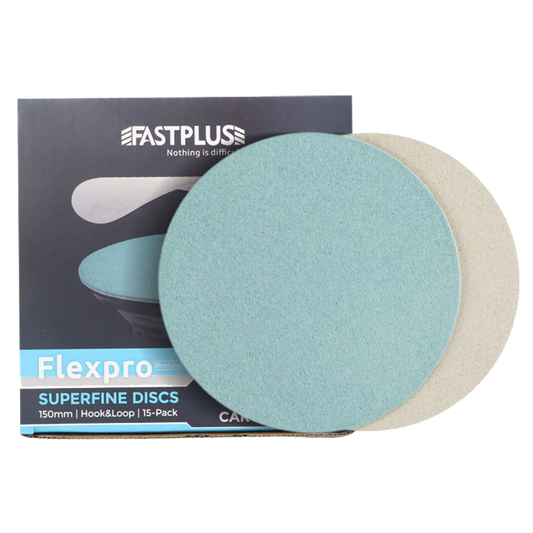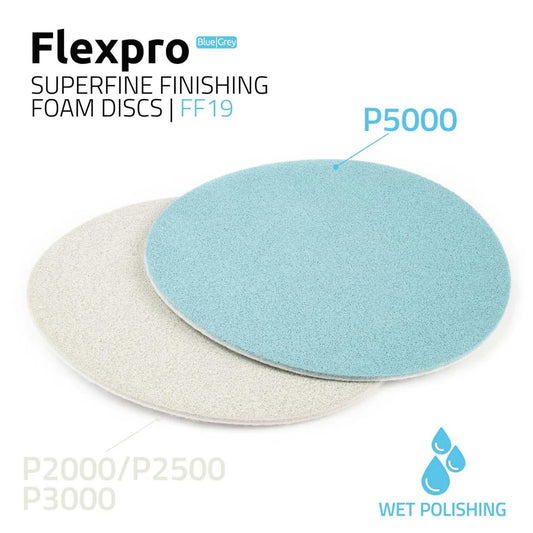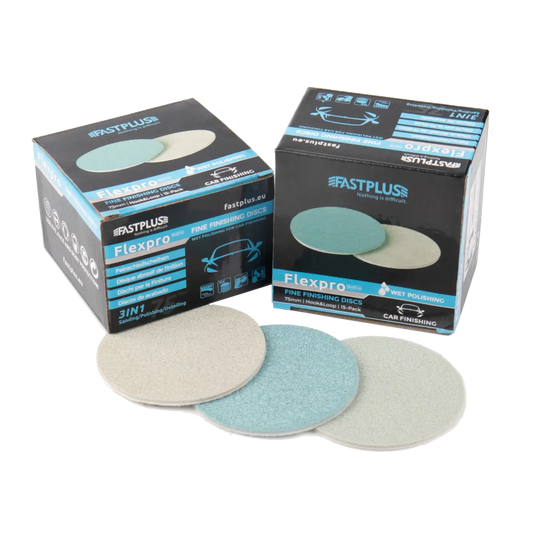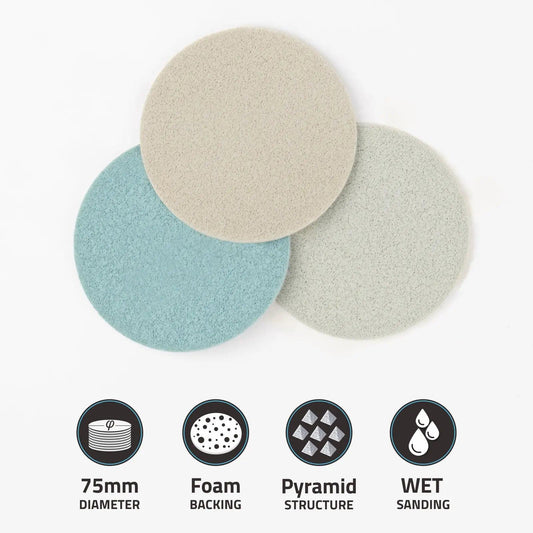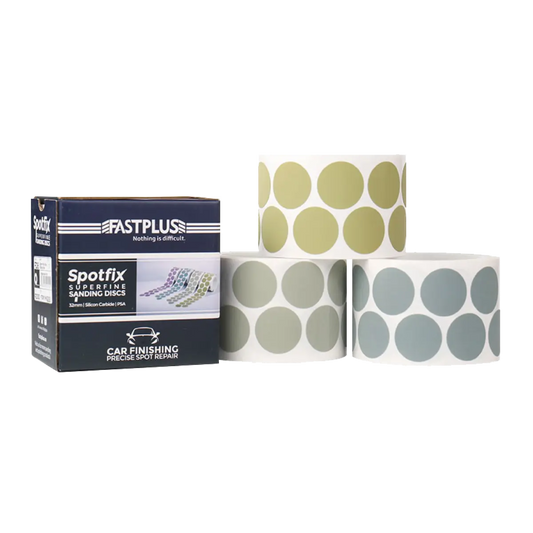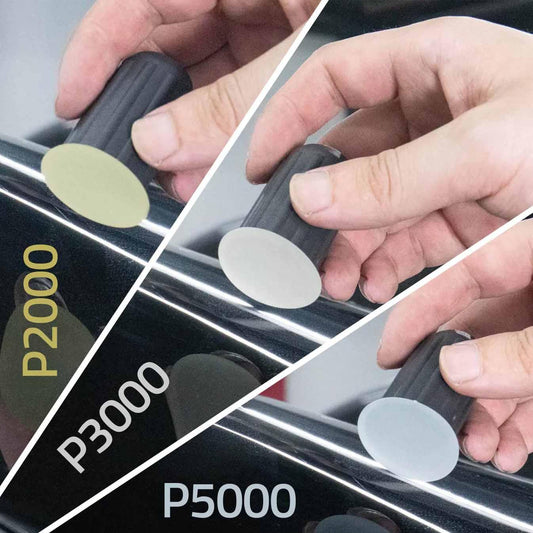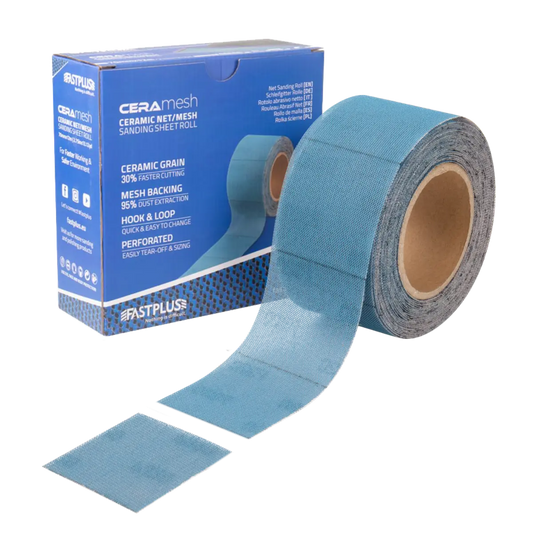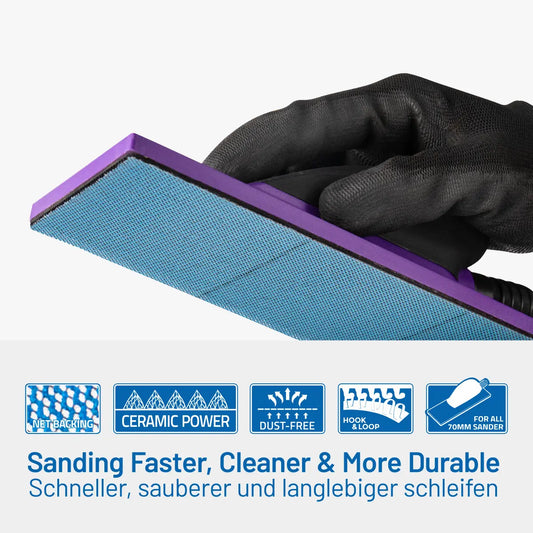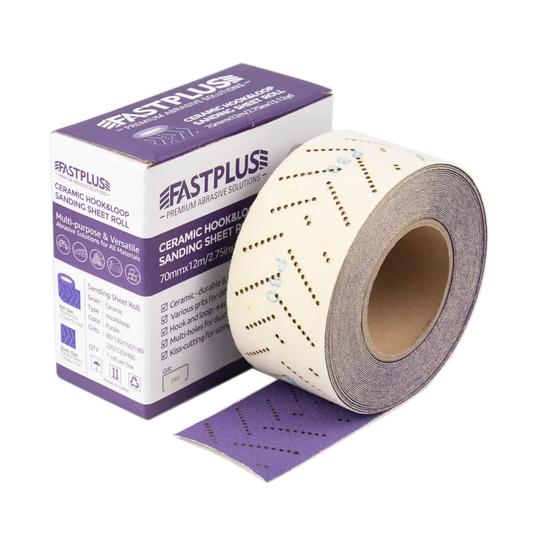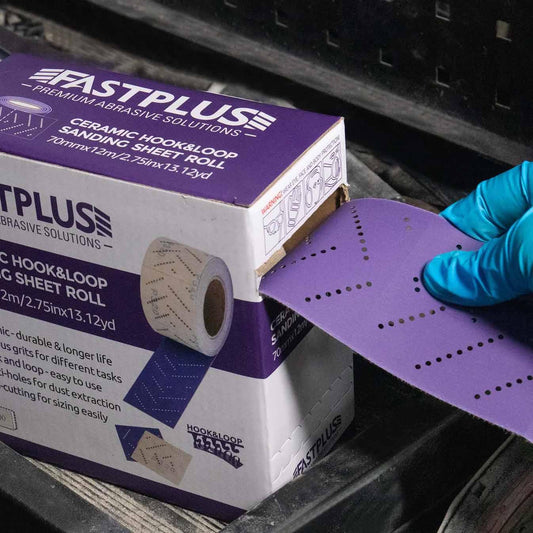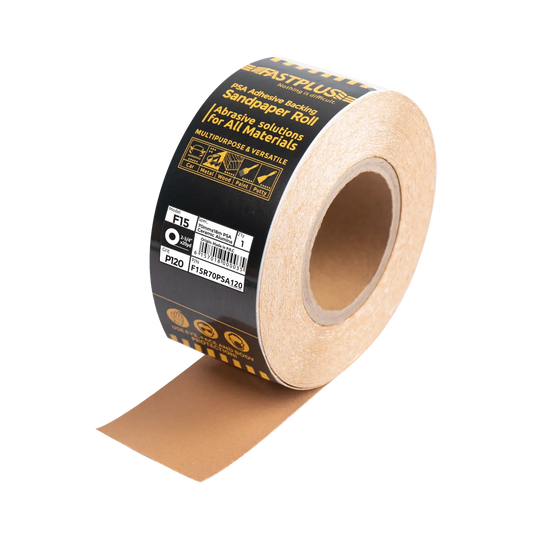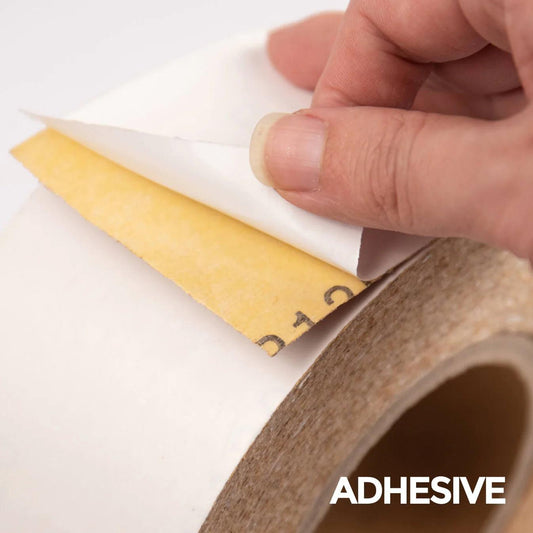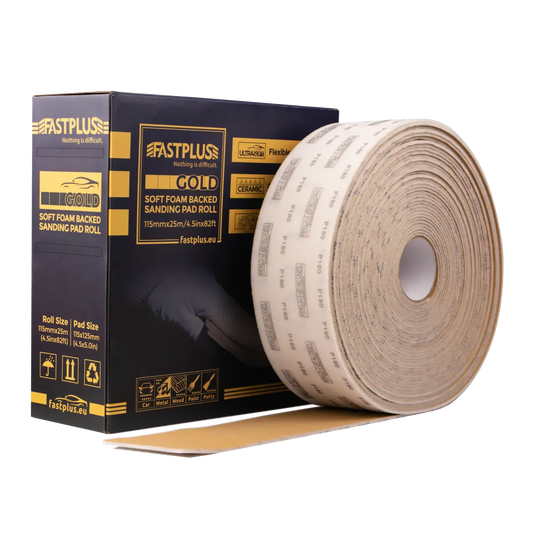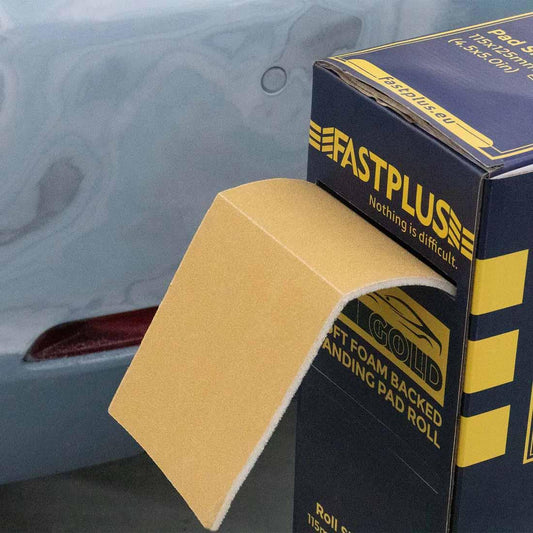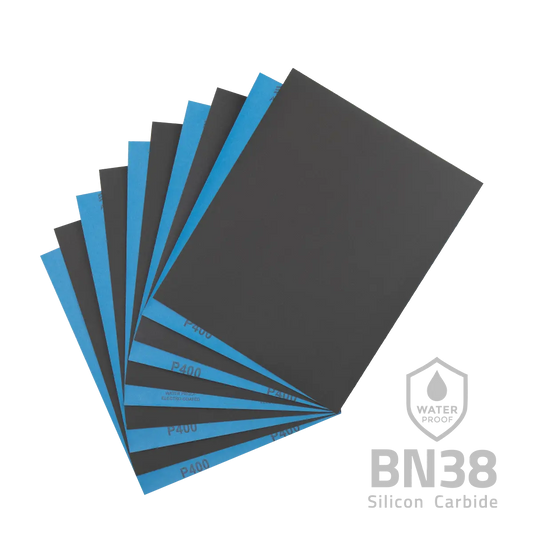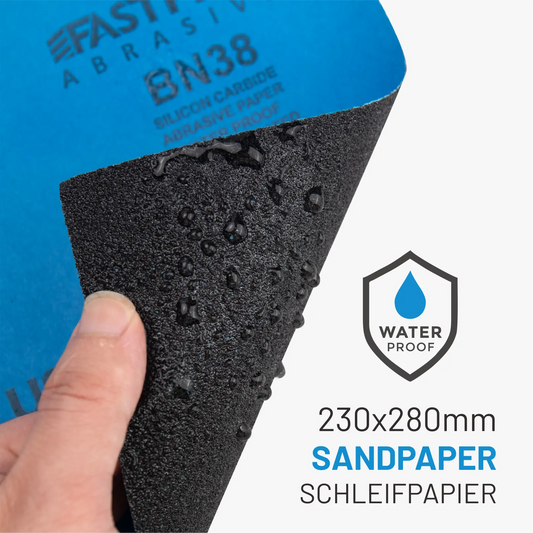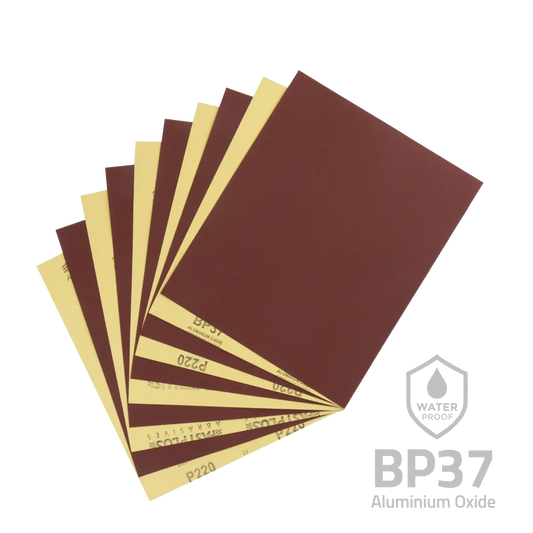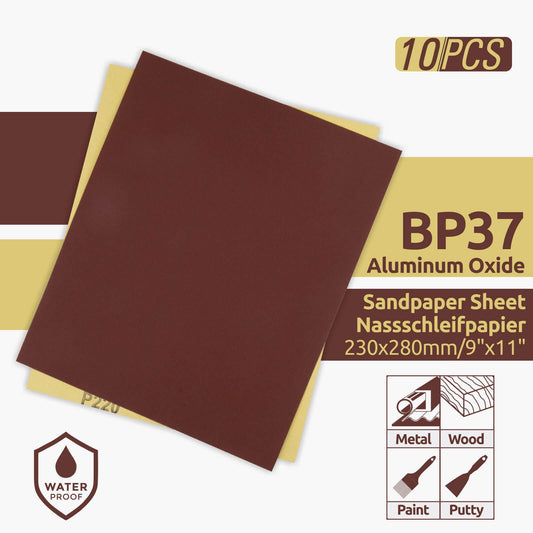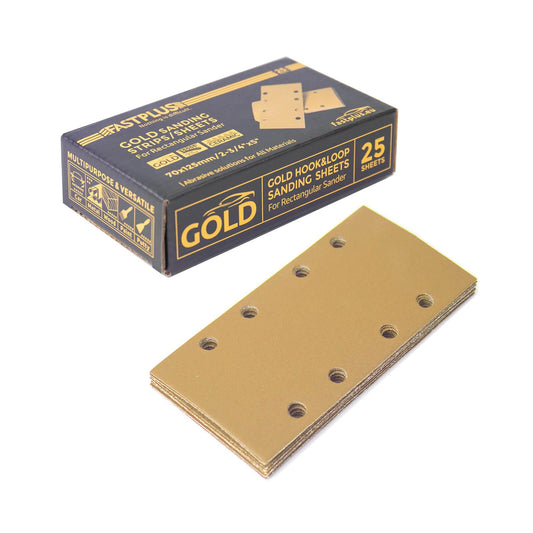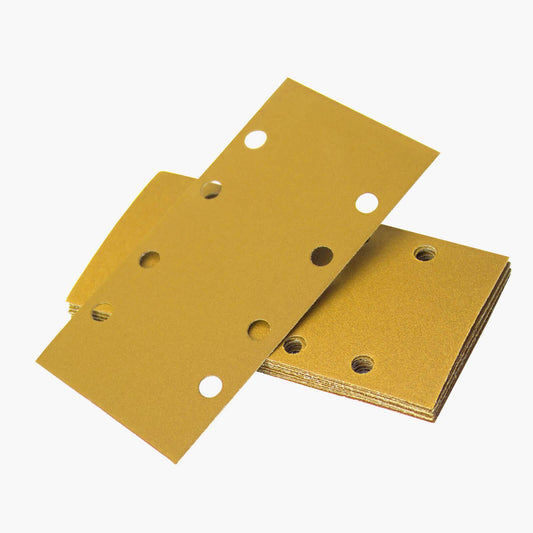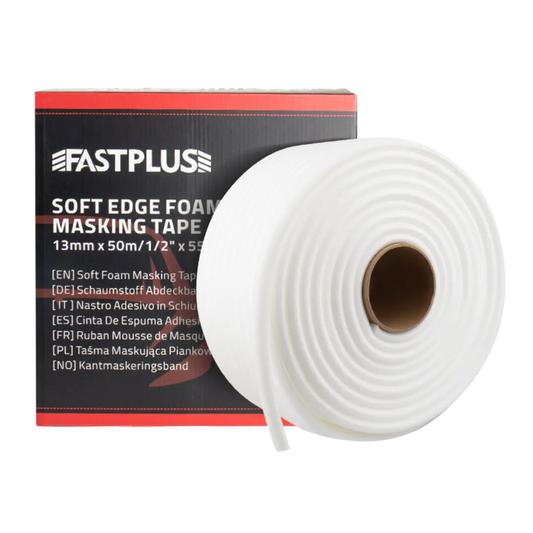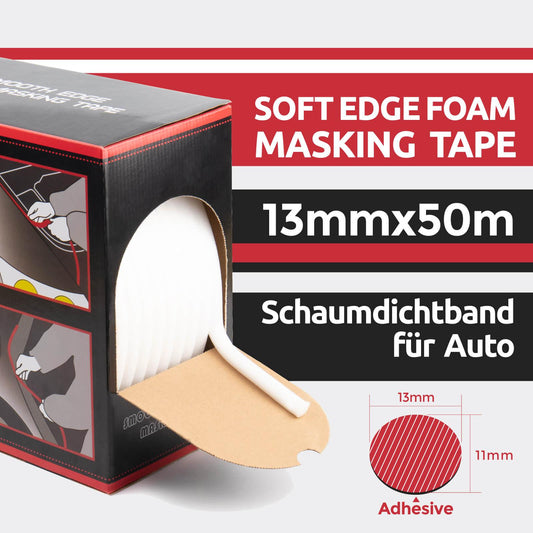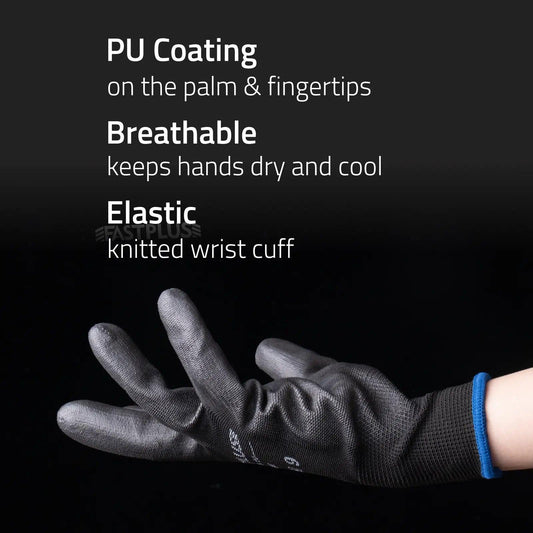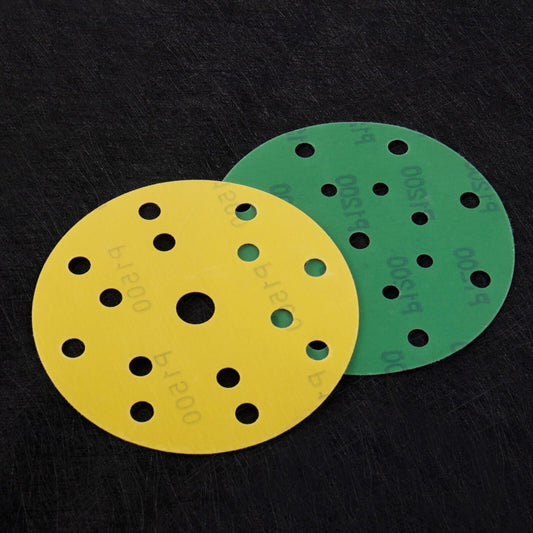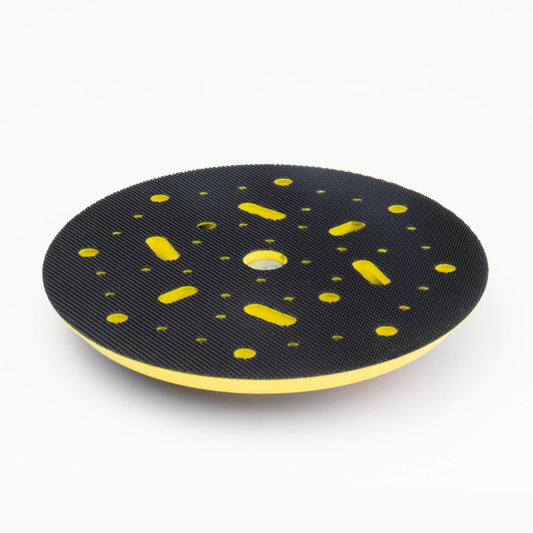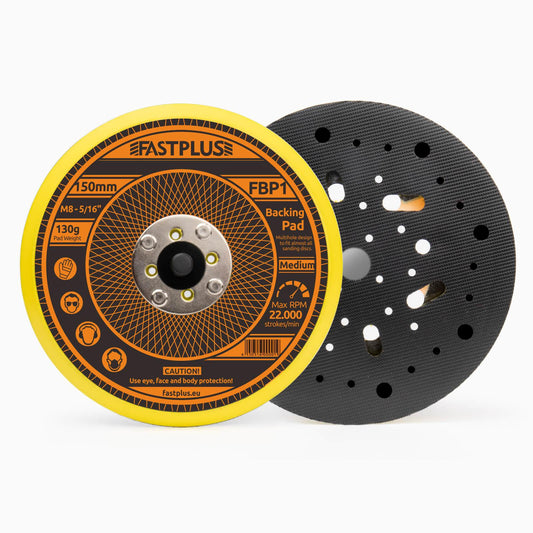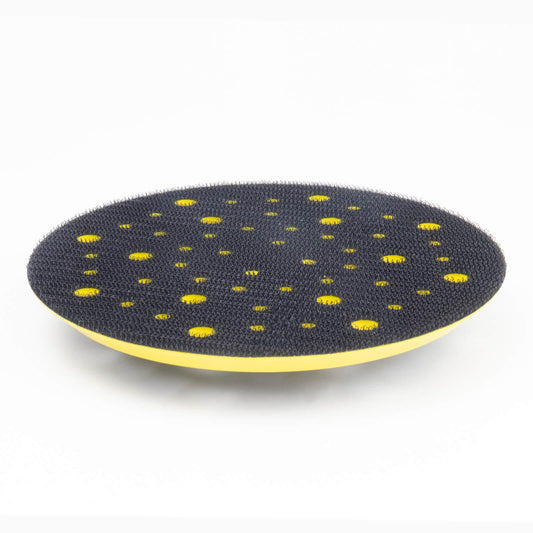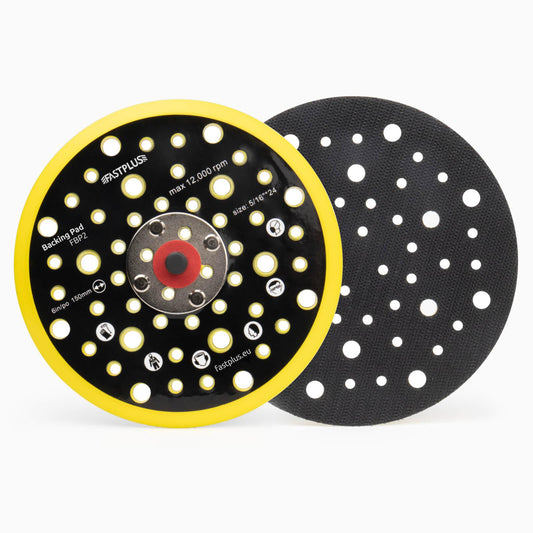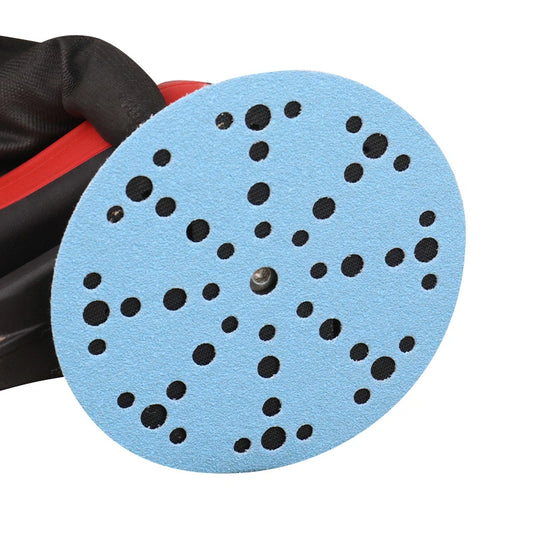
How to Effectively Sand Your Car Paint in Hot Summer?
Proper surface preparation is essential for achieving a flawless and durable finish, and sanding with the best sandpaper for cars plays a crucial role in this process. However, working with sandpaper in hot summer conditions presents unique challenges that require careful consideration. In this blog, we will explore the key factors to keep in mind when sanding your car in the summer heat. By following our tips and techniques, you'll be equipped to tackle the sanding process effectively and achieve professional results even on the hottest of summer days.
Effect of High Temperatures and Low Humidity on Car Refinishing Process
High temperatures and low humidity can significantly impact the car refinishing process, especially when it comes to sanding and preparing the surface for paint. Here's a closer look at how these factors affect the process:
Surface Temperature:
Hot weather can result in elevated surface temperatures on the car's body. This can influence the performance of paint, primers, and other materials. For instance, if the surface temperature is too high, it may affect the flow and leveling properties of the paint, making it challenging to achieve optimal results. Working in shaded areas or during cooler parts of the day helps mitigate the impact of high surface temperatures.
Material Softening:
Heat can cause the paint to soften, making it more prone to damage during sanding. It may become easier to accidentally remove too much paint or create scratches on the surface. Proper technique, such as using lighter pressure and finer grit sandpaper, becomes even more crucial in hot weather to avoid excessive material removal and maintain control over the sanding process.
Paint Drying Time:
In hot weather, the drying time of paint is accelerated. This can pose challenges during sanding because the paint may dry too quickly. When sanding with car sandpaper kit, it's important to have sufficient working time to smoothen the surface and achieve proper adhesion. Working in moderate temperatures helps ensure that the paint remains workable for an adequate duration.
Potential Risks and Issues During Sanding in Hot Weather
When sanding in hot weather, several potential risks and issues can arise. It's important to be aware of these challenges to ensure successful car refinishing. Here are some key risks and issues to consider:
Clogging of Sandpaper:
In hot weather, the paint may soften, increasing the risk of clogging the sandpaper. This can result in reduced effectiveness and the need to frequently clean or replace the sandpaper. Recommend using dust-free sanding disc, which tends to clog less, and periodically clean the sanding disc to maintain its efficiency.
Rapid Evaporation of Water:
When using the wet sanding technique, hot weather can cause the water to evaporate quickly, making it challenging to keep the surface wet. This can hinder the smooth sanding process and potentially damage the paint surface.
Heat-Related Fatigue:
Working in hot weather can lead to fatigue and decreased concentration, increasing the risk of errors during sanding. Remember to take frequent breaks, stay hydrated, and protect yourself from the sun to maintain focus and work safely.
Techniques for Effective Sanding in Hot Summer
Wet Sanding:
Wet sanding with orbital sander is a highly effective technique for car paint preparation, especially in hot summer conditions. It offers several advantages:
- Enhanced Lubrication: Wet sanding involves using water or a soapy solution as a lubricant, which helps to reduce friction and prevents the sandpaper from clogging. In hot weather, the water helps keep the surface cool and prevents the paint from softening excessively.
- Dust Minimization: The water used in wet sanding helps to capture the dust particles generated during the sanding process. This reduces the amount of airborne dust, creating a cleaner working environment and minimizing the risk of dust settling on the freshly sanded surface.
- Improved Surface Smoothness: Wet sanding can result in a smoother surface finish compared to dry sanding. The water acts as a lubricant, allowing the wet sand paper for car to glide more smoothly over the surface and better conform to the contours of the car's body.
Sanding in Sections:
- Improved Control and Efficiency: Working on one section at a time allows for better control over the sanding process. It helps to maintain focus on a specific area, ensuring thorough sanding and preventing uneven results. It also improves efficiency by enabling you to concentrate on smaller sections, achieving a more consistent finish.
- Tackling Larger Areas and Intricate Details: When sanding larger areas, it can be overwhelming to tackle the entire surface at once. By dividing the work into sections, you can systematically address each area, ensuring even sanding and reducing the risk of missing spots or creating uneven textures. For intricate details or hard-to-reach areas, focusing on one section at a time allows for better precision and maneuverability.
Tips for sanding in sections:
- Use masking tape for painting or markers to clearly demarcate the sections you'll be working on.

- Work systematically from one section to another, ensuring even coverage across the entire car.
- Take breaks as needed to avoid fatigue and maintain concentration throughout the process.
Proper Pressure and Motion:
- Applying Light to Moderate Pressure: It's important to avoid excessive pressure during sanding, as it can remove too much paint or create uneven surfaces. Use light to moderate pressure, allowing the sandpaper to gradually remove the targeted layer without damaging the underlying paint or surface.
- Following the Car's Body Contours: When sanding, employ a back-and-forth motion while following the natural contours of the car's body. This ensures that you maintain consistency and achieve an even finish across the surface. Be mindful of any curves, crevices, or intricate details, adjusting your sanding motion to effectively reach those areas.
Conclusion
In conclusion, using sandpaper for car paint in hot summer conditions requires careful consideration of challenges posed by high temperatures and low humidity. By following these tips, car owners can achieve professional results on the hottest summer days.
Buy Fastplus Factory-Direct Abrasives
Want to purchase high-quality, factory-direct sanding discs, sanding sheet rolls, and film abrasive discs for automotive applications? Try Fastplus Abrasives today and place your orders online! 
